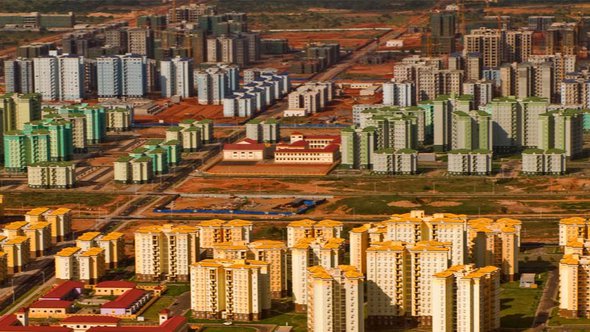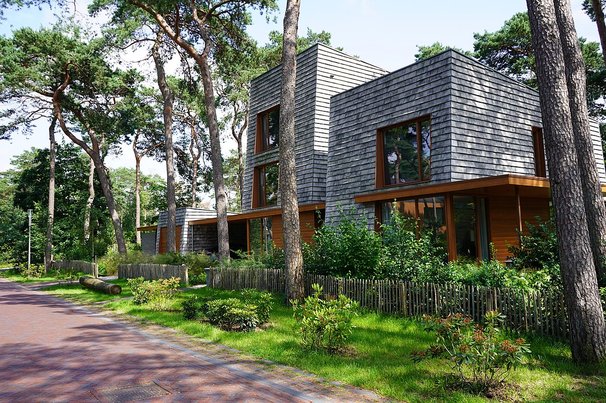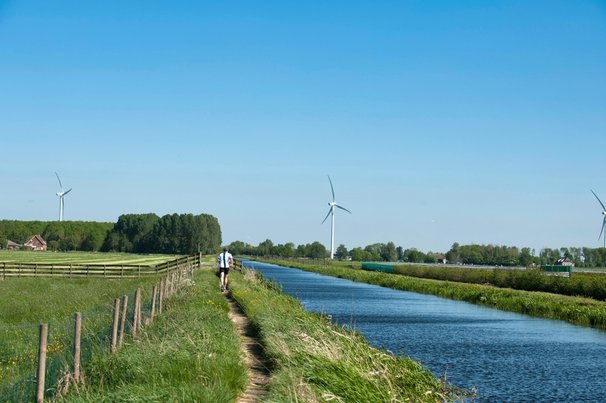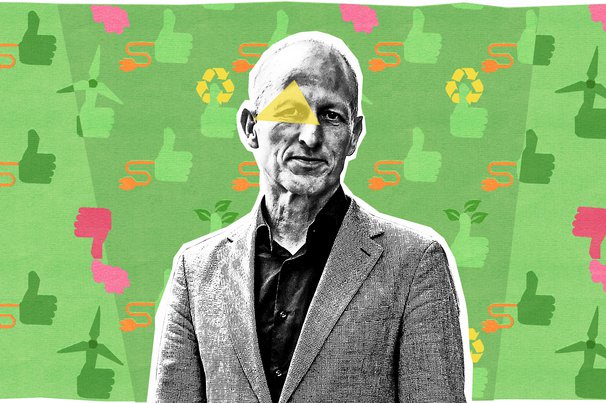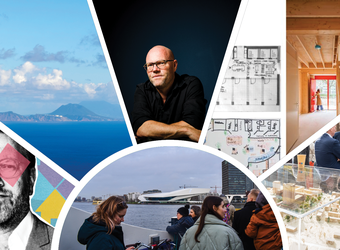Verslag On the 16th of June 2015, Michelle Provoost gave the eight lecture of the New Towns lecture series, focusing on the newest generation of New Towns on the rise in the developing world, mainly Asia and Africa.
While the West has moved on from thinking of New Towns and now focuses on densification of historic cities, new cities are rising in the less developed nations of the world. In 2030, the population in Asia and Africa will double, from 1.5 billion to 2.6 billion inhabitants in the former and 0.3 billion to 0.8 billion in the latter continent. In order to meet the needs of their growing population, both Asian and African nations have adopted ‘a technical and quantitative approach’ to urban planning, similar to the thinking which dominated the industrialized nations in the 50’s and 60’s.
New Generation
What is the main reason to make New Towns? In post-war Europe, the reason was demographic - to ensure that the existing cities would not burst out of their seams and remain manageable. The New Towns were also the cornerstones of the Welfare State and were meant to facilitate an open and democratic society. The current generation of New Towns have completely different philosophies and ambitions. Based on these underlying core ideals, The New Town Institute observed case studies in Asia and the Middle East and identified six types: Eco-Cities, Political Cities, Enclave Cities, Economic Cities, Hi-Tech Cities and Shelter Cities.
Eco-Cities
A large amount of Eco-Cities are being built in China, in order to fulfil the ambitions of the Chinese government to create more sustainable, liveable cities. However, these cities are more sustainable in name than in practice. They are often an attempt at green-washing - selling the idea of a sustainable city, but not investing in real measures. These cities are still part of an industrialized region and do little to counter its polluting effects. Often, these cities are similar to European welfare state cities, adopting the same hierarchical neighbourhood unit which is linked to other units. What sets them apart from their older European counterparts are their attempts at preserving historic areas, turning them into tourist friendly zones. This brings up a new question - what is the historic value of these areas when it has lost all of its original programme and inhabitants?
Political Cities
These are cities which were created with the ambition of putting forward an image of a new nation or the new image of an existing nation. Notable examples are Chandigarh and Brasilia. The new capital of Myanmar, Naypidaw, is located in the geographic midpoint of the country. It is a very strange and awkward city to analyse, since it consists of one main boulevard where all the palaces and ministries are located, and is flanked by smaller streets filled with repetitive housing. However, its strangest aspect is its subterranean network of bomb shelters - exemplifying the paranoid nature of its dictatorial regime.
Enclave Cities
Mostly seen in the Middle East and the United Arab Emirates, they are not just geographical enclaves, but they are also thematic enclaves - ’one-liner’ cities which focus on one theme, whether it is healthcare or leisure. Saodijat Island aims to be a culture city through the development of iconic cultural buildings designed by starchitects such as Frank Gehry or Zaha Hadid and the realization of mansions for the well-to-do. The look of these homes is advertised as fitting the American ideal. Ironically, these same homes are advertised as matching the Eastern aesthetic when marketed in the States. This is another example of the effect of globalization.
Economic Cities
A good example of this kind of city can be found in Saudi-Arabia, where the need to expand beyond the fragile oil industry by means of diversification and investing in a service-based economy has been met through the development of such cities. Like most of the New Towns, one such city is still in development - The King Abdullah Economic City. The plan of the city was developed by a Dubai-based engineering firm and SOM, the same team which has made a proposal for the new Egyptian capital. This exemplifies the trend of the New Town as a product, which can be replicated in other places. In this particular incarnation, these cities all feature technological experimentation, modernist imagery and Eastern exoticism.
Hi-Tech Cities
Also known as Smart Cities, these can be found in Asia, with South-Korea’s New Songdo as a prime example. The city was developed together with CISCO. The tech giant and its defining characteristic is the privatization of government services, which are all connected in a network. Developed by private parties and a corporate giant, this raises several questions: who is in charge? What is the democratic legitimization of such cities? How much power do the citizens of such cities have?
Though deemed to be futuristic, these cities ’look like cities we already know’. They are based on modernist ideas of zoning, separation of functions and car-based infrastructures. There is no notion of street, street life, the collective, the pedestrian - all the elements which have become part and parcel of urban thinking and development in the West. In short, the idea of the smart city is not translated in its form or design.
Shelter Cities
The very last category of New Towns is most similar to the Western idea, based on demographical growth and providing housing for the masses. However compared to the Western counterparts, the Chinese cities are meant for a larger scale - while in Europe, New Towns were meant to house around 50.000 inhabitants, cities in China aim to house at least one million. The Chinese government also has the aim to build 400 cities to meet the housing demands. This has resulted in an average of 20 cities a year. Nine of these towns were built around Shanghai and have an economy based on either industry or service. Each city purports to have a theme based on the look and characteristic of existing European cities. However, these themes are relegated to the small centre of the city, meant for tourists from Shanghai. The rest of the city remains a sea of repetitive high-rises and caters to the middle class of Shanghai, while migrants from the rural areas are still left with very few options.
Africa
Most are unaware of the many New Towns which are slated to be built in Africa and that China is playing a huge role in the development of these new cities. In the West, the Chinese influence is seen as a form of land grab, but in Africa, the Chinese are being embraced because they can offer the speed and knowhow not available in Africa. Africa and China can benefit from each other, yet it’s a shame that the amount of capital invested in these African New Towns are not geared toward more sustainable investments which respect the cultural and contextual aspects of modern day Africa.
Cover: ‘2015.08.03_The new export of New Towns: Asia and Africa_C2’
